Illumination: Retrofitting signs with LEDs
by all | 23 April 2014 8:30 am
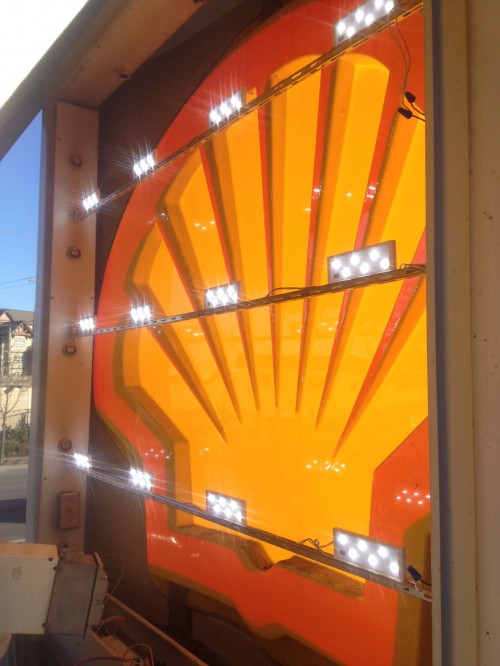 [1]
[1]Photos courtesy Chris’s Sign Service
By Kevin Balzer and Graeme Daniell
Signage is one of the most important ways to advertise a business. Companies use signs not only to display their name and logo, after all, but also to promote the products and services they offer. So, no matter how large or small the business may be, signage is a crucial tool for building sales.
Similarly, sign illumination has become one of the basic necessities of the business world. A sign that is poorly lit, only partially illuminated or completely shut down will leave its business either misidentified or unidentified.
For the most part, sign illumination did not change much over the course of about 50 years when there were two main options: fluorescent and neon. Fluorescent lamps were installed in sign cans, while neon was used for ‘exposed’ signs and inside channel letters. Today, however, light-emitting diodes (LEDs) have presented a third viable illumination technology for signs—one whose popularity has been partly driven by concerns relating to servicing and maintenance.
The advantages of LEDs
Most customers, when their signs are being installed, do not think about the need for service, but the reality is that all signs eventually need maintenance. The specific business arrangement for such maintenance will depend on both the sign company and the client, but in general, the sign company will only be called upon to replace specific bulbs when they go out.
This process of repeated service calls can end up costing the client more in the long run, however, than re-lamping the entire sign all at once. This latter option is also appealing in terms of preventing inconsistent lighting levels across a sign face.
With these factors in mind, the sign industry has seen increasing opportunities to retrofit neon and fluorescent signs with LEDs. As technology has improved, the brightness of LEDs has risen, making them a more feasible replacement for older lamps. Where LEDs truly represent a great step forward, however, is in terms of a sign’s carbon footprint.
LED retrofits can yield significant power savings and longer ‘life expectancies’ for signs. Compared to older luminary devices, LEDs can be switched on and off multiple times without affecting the quality of light they produce. The rise of environmental legislation, meanwhile, is tending to restrict many of the materials and components that were previously used to manufacture neon and fluorescent signs.
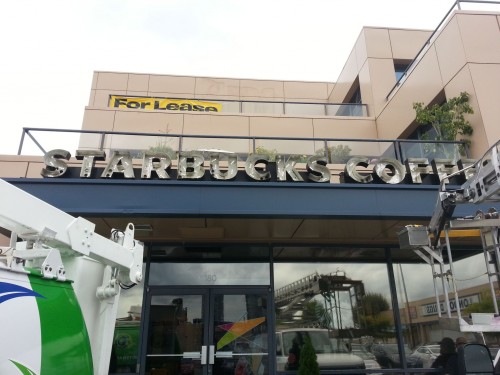 [2]
[2]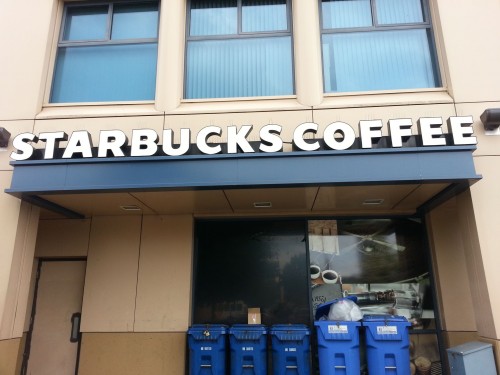 [3] LEDs are not standardized, so it is important both to choose the right modules for the sign type and to understand how many will need to be installed.
[3] LEDs are not standardized, so it is important both to choose the right modules for the sign type and to understand how many will need to be installed.
Choosing the right product
While LEDs have become a mainstream sign illumination technology, however, they are not standardized. Years of research, sampling and testing of hundreds of new products as they have come to market suggest every LED is different. What works well in one sign may not in another.
So, even as LEDs are generally becoming better, brighter and cheaper, it can be very difficult to choose the right product for a job. The following are a few of the factors to consider:
Manufacturer
There are hundreds of companies manufacturing and selling LEDs today, at all different price levels. It is important to find one that can stand the test of time. Every company can offer a five- or 10-year product warranty, but if the company will not still exist in five years’ time, then its warranty is useless. The more expensive LEDs, at least, may carry brand names that offer the assurance of a manufacturer that has been around for a long time and will continue to be around in the future to support its products.
Sign type
There are many different styles of LEDs, even just among those marketed to the sign industry. Some are intended for backlit signs, others for exposed lettering and some for double-sided signs.
One factor that plays a major role is how far the sign face will sit away from its source of illumination. ‘Hot spots’ may appear when certain LEDs are installed too close to the face, while others will make for a dull appearance when installed too far away. In some cases, it may be preferable to mount LED modules to the sides of a sign can, directing the light toward the centre before diffusing it toward the sign face.
Colour temperature
As with fluorescent lamps, there are different LED colour temperatures, ranging from warm white to ‘daylight,’ which can have a major impact on how signs appear when illuminated with certain colours. A daylight LED would not be a good fit for some yellows, for example, where it can cause a distorted green appearance. And with the wrong colour temperature, a sign can appear one colour by day and a different colour by night.
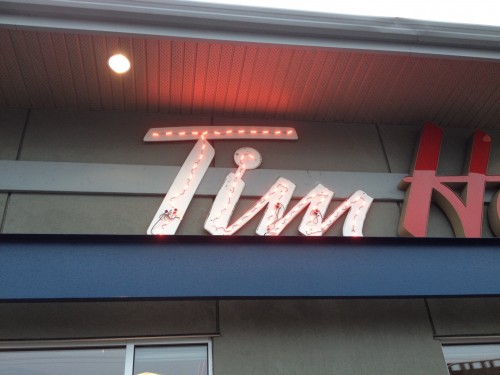
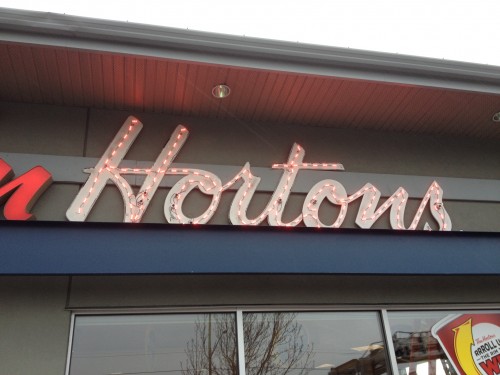 [4] Re-lamping an entire sign, rather than replacing individual components as needed, will help prevent inconsistent lighting levels across the sign face.
[4] Re-lamping an entire sign, rather than replacing individual components as needed, will help prevent inconsistent lighting levels across the sign face.
Light intensity
Another LED specification is light intensity or ‘illuminance,’ as measured in lumens per foot. This is an important specification to consider, but there will not be much visible difference over a 10 to 20-lumen difference per foot. Also, all manufacturers’ LEDs are getting brighter, so insufficient light intensity is less of a concern than it used to be.
Wattage
The electrical power needed to operate a LED is measured in wattage per foot. The higher the wattage, the larger the power supply—or the higher the number of power supplies—that will be needed to light the sign. In some sign designs, there is not enough room for multiple power supplies, which is why wattage needs to be considered while choosing LED products.
Installation and service
While one of the primary advantages of LEDs is their ease of installation and service compared to neon or fluorescent lighting, not all LEDs are equal in this respect. Depending on the application, there may be a need for more labour and additional expenses, e.g. buying special brackets for mounting the LEDs. When choosing LEDs and associated hardware, it is important to consider savings in time and money.
Choosing the right installer
LED installation is simpler than handling neon or fluorescent lamps, but while some sign shops are handling the process with in-house staff, others prefer to outsource the work to specialized sign maintenance and service companies. When choosing the latter option, there are a few factors to keep in mind to help choose the right company:
Warranty
Just as it is important to ensure an LED manufacturer can honour its product warranty, so too is it important to ensure the sign service company can honour a labour warranty for completed jobs.
Rebates
Some municipal governments, business improvement areas (BIAs) and electrical utility companies offer rebates for retrofitting signs with LEDs. The company that installs the LEDs should be aware of any available rebates and ensure the sign shop receives those to which it is entitled.
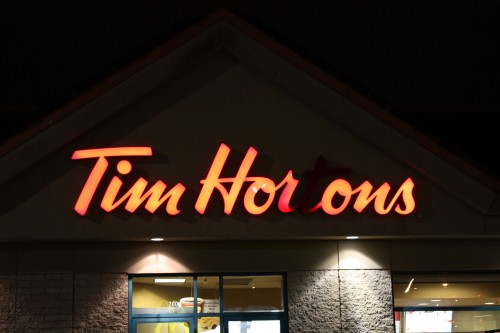 [5]
[5]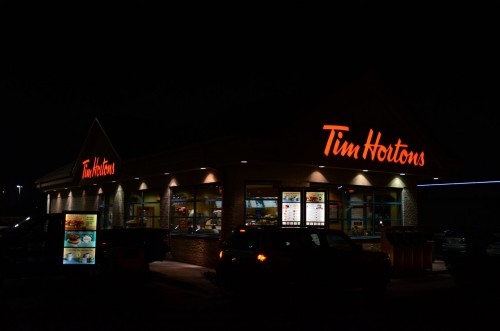 [6] All signs eventually need maintenance.
[6] All signs eventually need maintenance.
Sign recertification
One concern when installing a new lighting system in an existing sign is ensuring that sign is recertified. The service company should be able to do so before leaving the installation site.
Safety
It is of course essential for the sign service company to complete its work in a safe manner, meeting the needs of the sign shop’s customer—since this work is being undertaken around its business—and the public in the area. In addition to electrical lockout and work area safety procedures, installers must wear personal protective equipment (PPE) at all times.
Finally, old neon units, fluorescent lamps, ballasts and transformers need to be disposed of in a safe, environmentally sensitive manner.
Working with partners
So, there is a lot to consider when planning to retrofit signs with LEDs. For many sign shops, it is important to find partners—including LED manufacturers and distributors—who can help them choose the right products. And for some, it is also important to partner with specialized sign service and maintenance companies.
Kevin Balzer is director of operations and Graeme Daniell is a service technician for Chris’s Sign Service in Langley, B.C. For more information, visit www.chrissigns.com[7].
- [Image]: http://www.signmedia.ca/wp-content/uploads/2014/03/installphoto.jpg
- [Image]: http://www.signmedia.ca/wp-content/uploads/2014/03/20130827_133736.jpg
- [Image]: http://www.signmedia.ca/wp-content/uploads/2014/03/20130827_120021.jpg
- [Image]: http://www.signmedia.ca/wp-content/uploads/2014/03/photo-2.jpg
- [Image]: http://www.signmedia.ca/wp-content/uploads/2014/03/IMG_7234.jpg
- [Image]: http://www.signmedia.ca/wp-content/uploads/2014/03/DSC_7412.jpg
- www.chrissigns.com: http://www.chrissigns.com
Source URL: https://www.signmedia.ca/illumination-retrofitting-signs-with-leds/